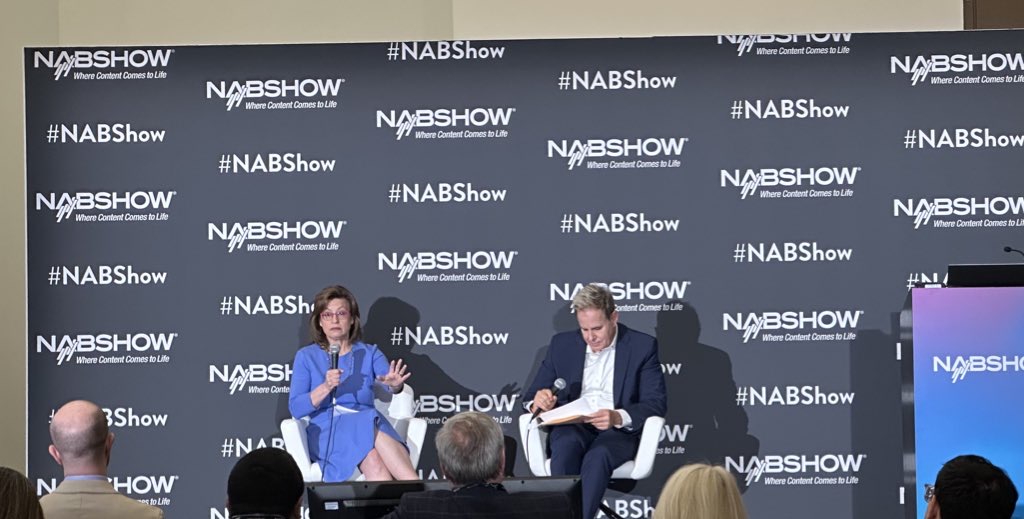NAB Show Down Through the Years
A brief history of broadcasters' premiere gathering
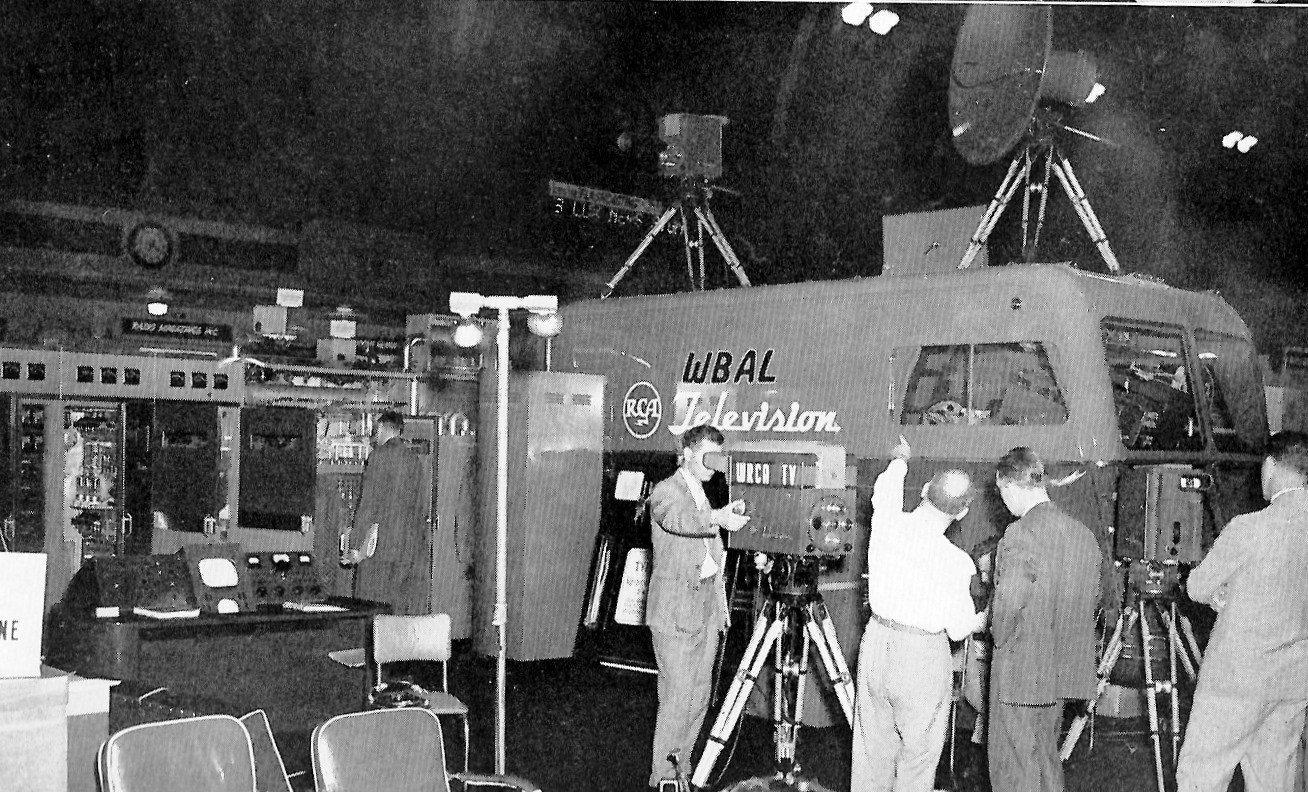
Editor's Note: In our continuing series on broadcasting history, James O'Neal takes a look back at technology milestones that occurred in April.
February: Looking Back at Broadcasting's First 100 Years
March: Broadcasting: The Way We Were
As we approach the 2022 NAB Show, let's take a look back on some of the past highlights of this indispensable part of the broadcasting scene.
It’s not possible to go back a full century as a starting point, as broadcasting didn’t really take off until 1922, and there was no show—or National Association of Broadcasters—until the following year.
Sufficient documentation does exist, however, for examining details of the show held to commemorate the 10th anniversary of broadcastings emergence as a societal gamechanger and major industry. (And though it may come as a bit of a surprise, the NAB Show hasn’t always been held in April and in Las Vegas. Show dates have meandered throughout the calendar, and it wasn’t until 1975 that it got to Nevada.)
90 Years Ago – 1932
St. Louis hosted the three-day NAB Show, which got underway on Nov. 14—just in time for a heavy snowstorm. Harold A. LaFount, acting chair of the Federal Radio Commission opened proceedings with an address in which he urged unity within the broadcasting industry to face the problems confronting it and to keep American broadcasting “the best in the world.”
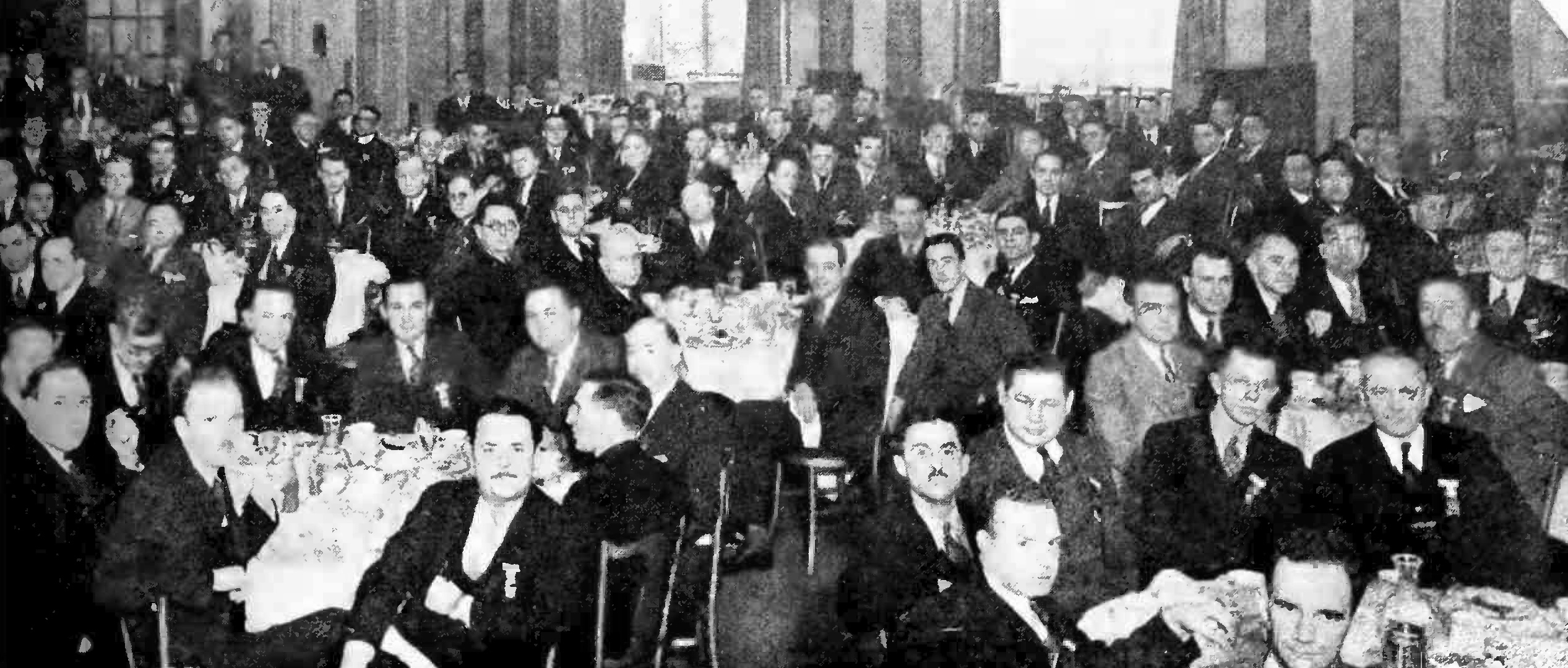
The new NAB president, Alfred J. McCosker, vowed to lobby for longer-term station licenses, as renewals then were required every six months. Sessions addressed other issues faced by Depression-era broadcasters, including copyrights, exorbitant network line charges and license fees for record turntables.
Get the TV Tech Newsletter
The professional video industry's #1 source for news, trends and product and tech information. Sign up below.
Engineering sessions included a presentation by Washington radio attorney Louis G. Caldwell, who urged a move to long wave broadcasting by U.S. broadcasters to help alleviate band congestion and provide better service. (Long wave broadcasting, while successful in Europe and other regions, never caught on in the United States.)
Television was not on the agenda, even though RCA/NBC had been conducting tests on the new medium since 1929, and had recently established a transmitter site atop New York’s new Empire State Building for testing the feasibility of VHF spectrum for TV broadcasting. Despite the “hard times,” the show boasted a record attendance of nearly 400.
75 Years Ago – 1947
Television was unquestionably the focus of the Sept. 15-18, Atlantic City Show, with RCA’s exhibition of a 6-bay antenna stretching almost all the way to the 150-foot ceiling of the city’s convention hall. The antenna and a mobile truck also on display were destined for Baltimore’s WBAL-TV start-up after the show.
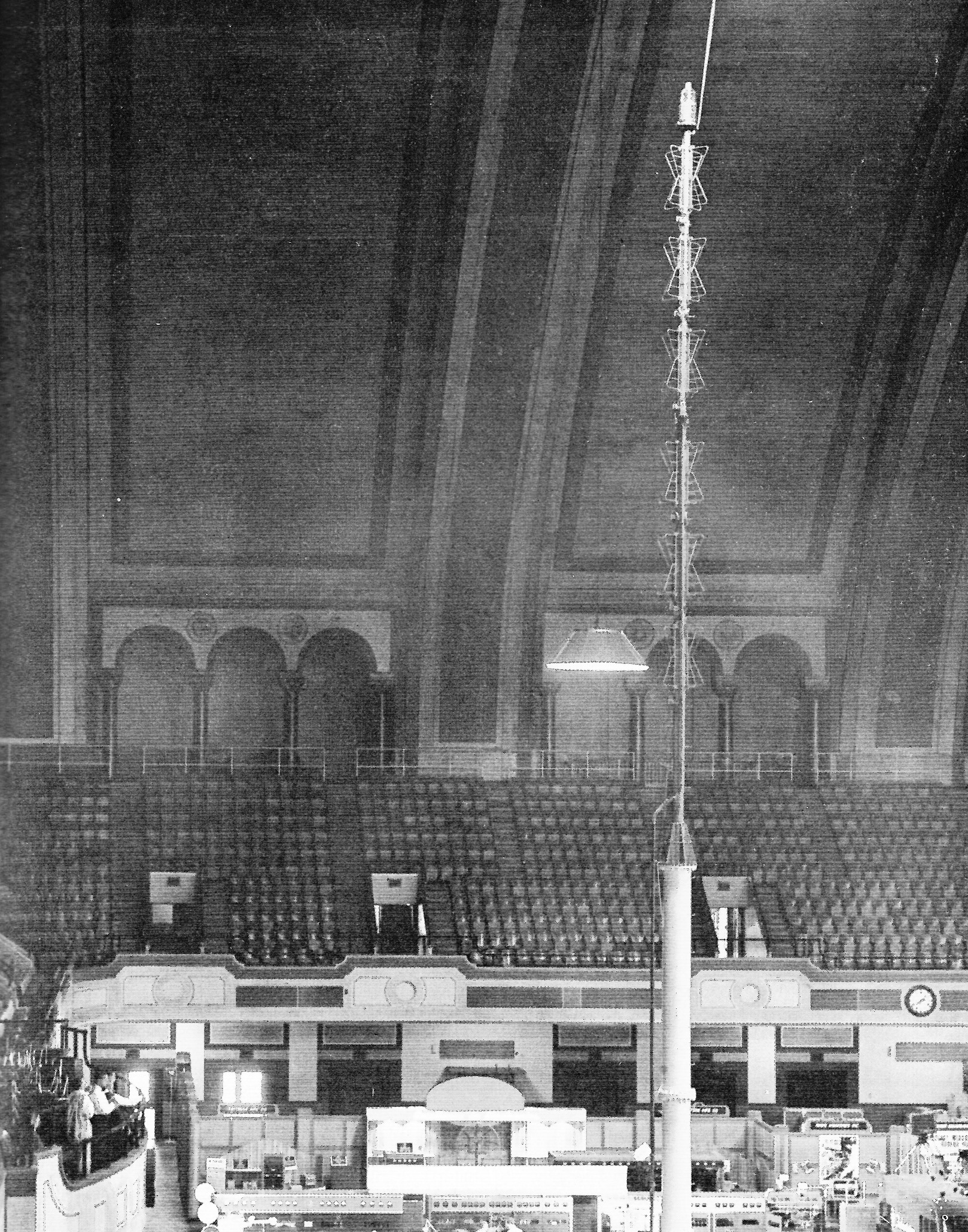
The 1947 event registered the highest attendance ever, with nearly 2,600 attending sessions and viewing equipment exhibits. In addition to TV gear, exhibitors also showed off facsimile technology, which was being touted as a delivery mechanism to get daily newspapers into homes. (The top two MHz—106 to 108 MHz—of the “new” FM band was originally designated for facsimile transmission.)

50 Years Ago –1972
The April 9-12 Chicago NAB Show marked the event’s golden anniversary and also the 23rd time it was hosted by the “Windy City.” Engineering sessions featured presentations on a number of contemporary topics, including maximization of video chain and transmitter performance (dual-redundant TV transmitters were just coming into their own).
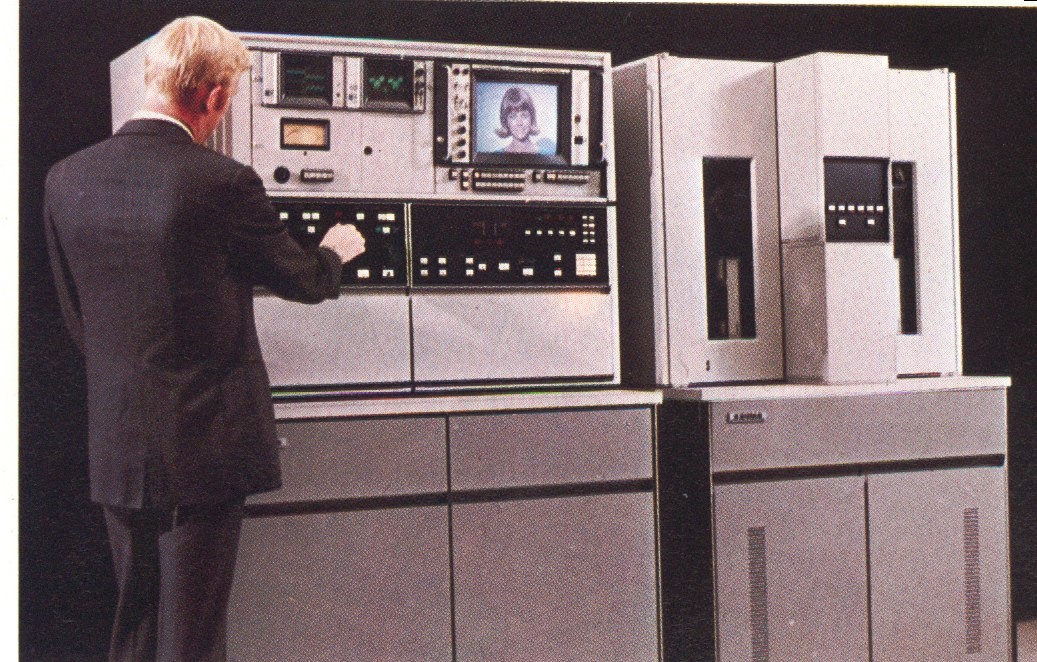
There was also a “faceoff” of sorts between members of an FCC panel and station engineers. When asked about special training Commission field inspectors received on broadcast operations, the FCC rep’s answer was “none,” which raised a comment from a station engineer about this being obvious, as he’d had to instruct an inspector on proper use of a field strength meter.
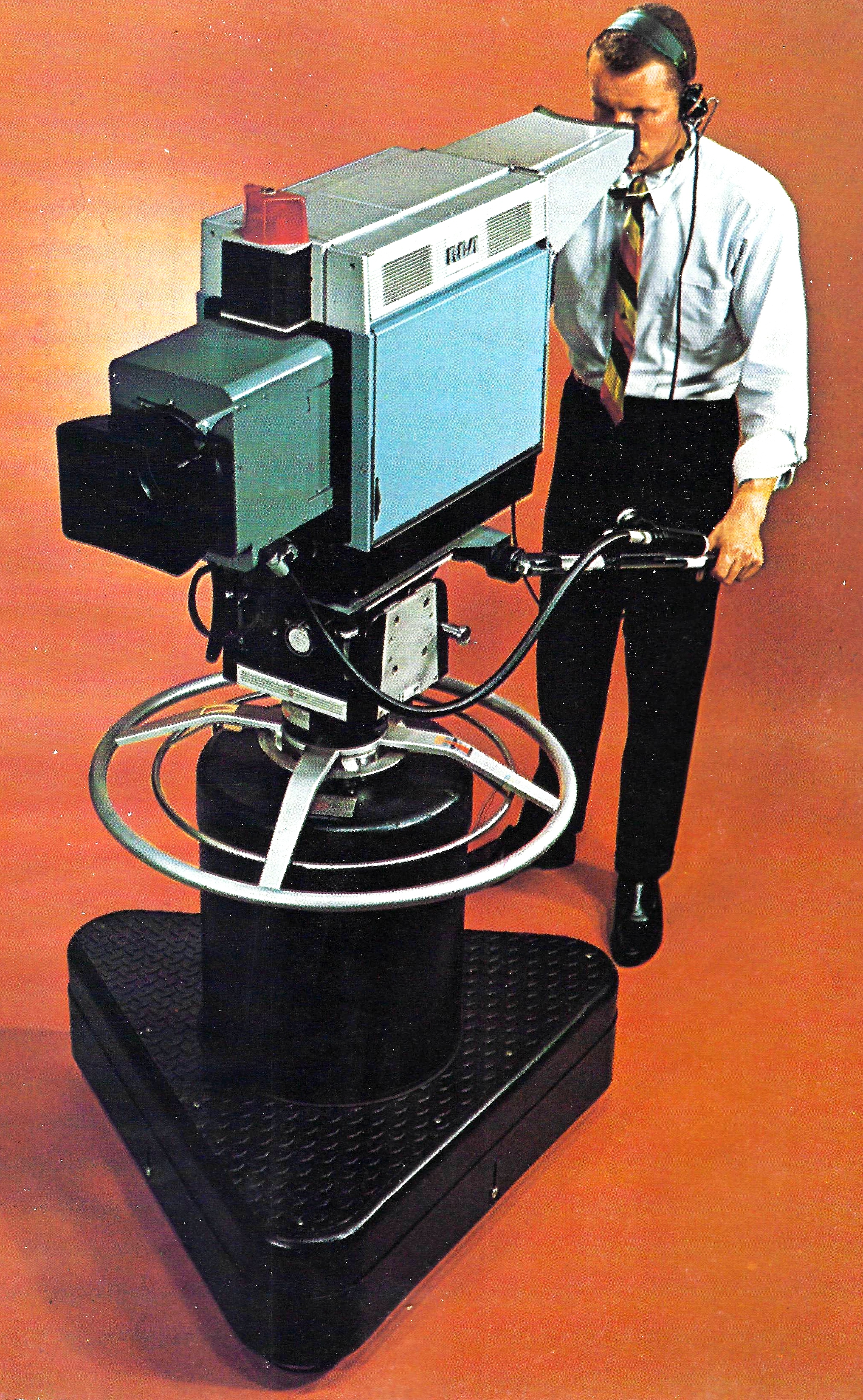
Out on the exhibits floor, Amperex was celebrating the recent delivery of its 20,000 Plumbicon camera pickup tube, RCA was showing off its new TK-44B Plumbicon studio camera and TK-28 telecine camera, which could be supplied with either vidicons or Plumbicons. Personnel at the Ampex booth stayed busy explaining the feature set of the company’s new 2-inch cassette VTR, the ACR-25 (and how it was superior to RCA’s TCR-100).
25 Years Ago – 1997
The move to digital television was high on the agenda at the April 7-10 Las Vegas NAB Show. A line in the sand had been drawn for analog switch-off by 2002, and this was not sitting well with attendees—especially operators of smaller market stations—due to the high cost of making the transition and uncertainty about recouping expenses.
A continuing debate over the best digital standard was also permeated the show, with cases being made for both 720p and 1980i. (Kodak, still a big player in TV production and broadcasting, advocated sticking with film until video standards “shook out.”)
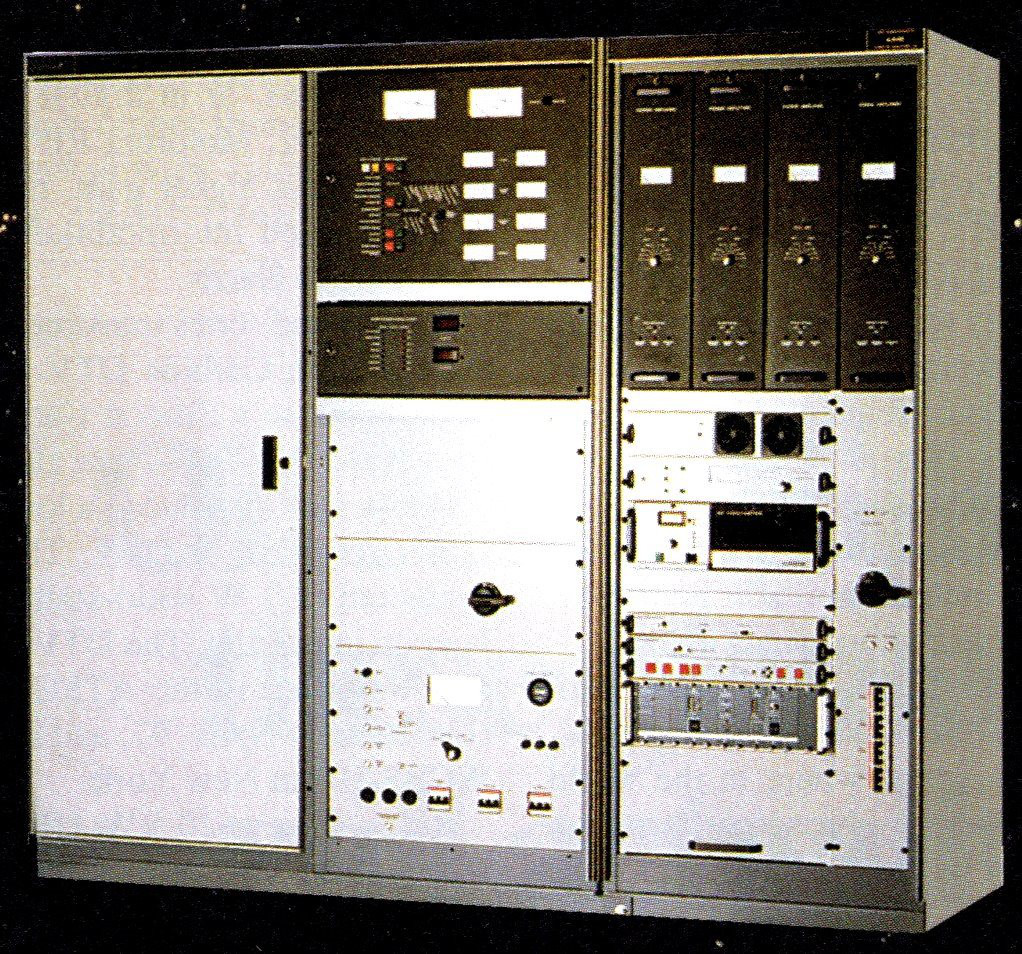
Transmitter manufacturers reported a lot of interest in new digital-capable units; however, most of this was from “tire kickers,” with sales orders not expected until the following year. While there were plenty of digital-ready transmitters, broadcasters wanting to move to high-power solid-state UHF models would have to wait.
As one large transmitter company UHF products line executive explained things: “We are not ready to mass produce solid-state [UHF] DTV transmitters at this point. No one in this business is.”
James E. O’Neal has more than 50 years of experience in the broadcast arena, serving for nearly 37 years as a television broadcast engineer and, following his retirement from that field in 2005, moving into journalism as technology editor for TV Technology for almost the next decade. He continues to provide content for this publication, as well as sister publication Radio World, and others. He authored the chapter on HF shortwave radio for the 11th Edition of the NAB Engineering Handbook, and serves as editor-in-chief of the IEEE’s Broadcast Technology publication, and as associate editor of the SMPTE Motion Imaging Journal. He is a SMPTE Life Fellow, and a Life Member of the IEEE and the SBE.

